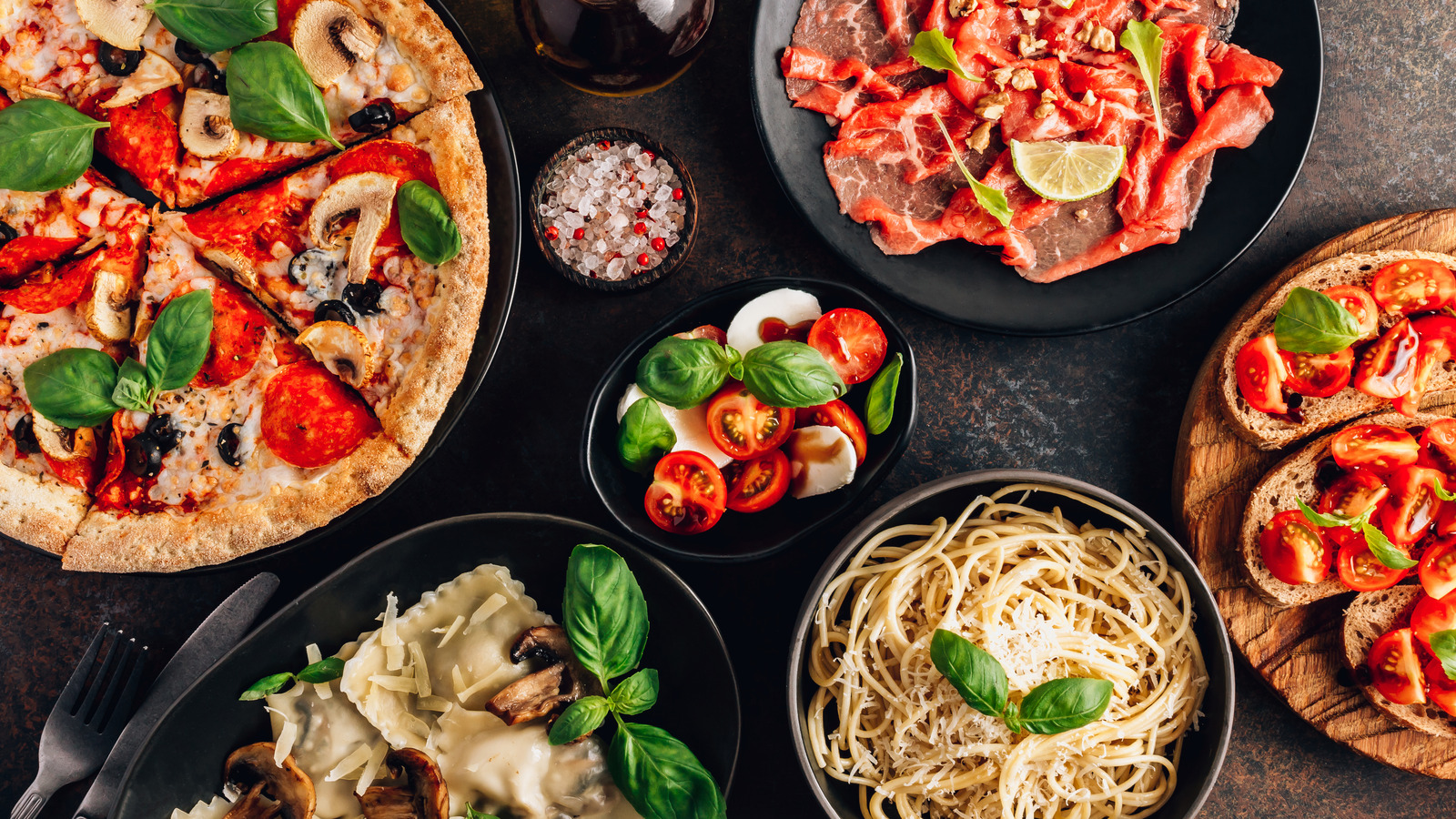Italian cuisine has captivated food enthusiasts around the world with its rich flavors, regional diversity, and time-honored culinary traditions. Behind the magic of Italian dishes lies a wealth of secrets and techniques that have been passed down through generations. In this exclusive interview, we have the privilege of delving into the world of Italian cuisine with a renowned chef, who will share insights, tips, and secrets that make Italian cooking truly special. Get ready to uncover the culinary treasures of Italy and gain a deeper understanding of its flavors, techniques, and traditions.
Q: What are some essential ingredients in Italian cuisine, and how do they contribute to the distinct flavors of Italian dishes?
A: Italian cuisine emphasizes the use of fresh, high-quality ingredients that are locally sourced whenever possible. Some essential ingredients include extra-virgin olive oil, tomatoes, garlic, basil, Parmigiano-Reggiano cheese, and balsamic vinegar. These ingredients form the backbone of many Italian dishes and infuse them with distinctive flavors. The quality of these ingredients is crucial, as they bring depth and authenticity to the final dish.
Q: What are some key techniques or cooking methods that are commonly used in Italian cuisine?
A: Italian cuisine is known for its simplicity and respect for ingredients. Techniques such as slow cooking, braising, and roasting are prevalent, allowing flavors to develop gradually and meld together. Another important technique is “al dente” cooking, where pasta and rice are cooked to a firm, slightly chewy texture. This preserves the integrity of the ingredients and enhances the overall dining experience.
Q: Can you share a lesser-known Italian cooking technique or secret that home cooks can incorporate into their repertoire?
A: One technique that home cooks can explore is “soffritto.” It’s a flavor base made by gently sautéing finely chopped onions, carrots, and celery in olive oil. This aromatic foundation adds depth and complexity to a wide range of Italian dishes, from sauces and soups to stews and risottos. Mastering the art of soffritto can elevate your dishes to new heights.
Q: How important is regional diversity in Italian cuisine, and what are some notable regional dishes or ingredients?
A: Regional diversity is at the heart of Italian cuisine. Each region has its own unique culinary traditions, specialties, and local ingredients. For example, in the north, you’ll find rich dishes like risotto and creamy polenta. Central Italy is famous for pasta dishes like carbonara and cacio e pepe. In the south, seafood and tomatoes take center stage in dishes such as spaghetti alle vongole and caponata. Exploring the regional specialties allows you to truly appreciate the breadth and depth of Italian cuisine.
Q: Is there any advice you would give to home cooks who want to master the art of Italian cooking?
A: My advice would be to embrace simplicity and let the ingredients shine. Focus on using fresh, quality ingredients, and don’t be afraid to experiment with flavors. Be patient with yourself and allow the flavors to develop over time. And most importantly, cook with passion and love. Italian cuisine is all about sharing joy and creating memorable experiences around the table.
Italian cuisine is a treasure trove of flavors, techniques, and traditions that continue to captivate food lovers worldwide. By understanding the importance of high-quality ingredients, exploring key cooking techniques, appreciating regional diversity, and embracing simplicity, home cooks can unlock the secrets of Italian cooking. We extend our heartfelt gratitude to the esteemed chef for sharing their insights and inspiring us to embark on our own culinary journey through the rich tapestry of Italian cuisine.

